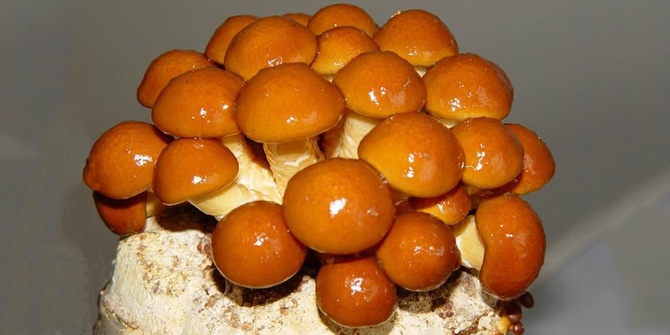Key Points for Management of Pholiota Nameko During Its Germination Period

After the inoculation of Pholiota Nameko, the trays or bags are stacked for spawning, with a height of about 10 layers, covered with straw mats or cotton mats. Plastic sheets are prohibited for sealing, and the best stack temperature is 4-6℃. The spawning management is divided into three periods.
1. Pre-incubation period: the period from inoculation to colonization of fungi. Key points of management during this period: both heat preservation and ventilation are required. The purpose of heat preservation is to meet the requirements of mycelium growth at low temperature; ventilation is to ensure that there is enough oxygen for mycelium growth and to remove carbon dioxide. The colonized fungus bags should be turned over in time, and this period lasts for 15-25 days.
2. The middle stage of spawning: the period when the mycelium is connected to the inoculation point of the mushroom tray or bag. During this period, the mushroom trays are put on the shelves and the bags are stacked. Since the mycelium grows faster and the respiration is strengthened, attention should be paid to ventilation in the mushroom shed to ensure fresh air in the mushroom shed. This period takes 25-30 days.
3. Late stage of spawning: from the time when the mycelium grows all over the culture medium to the time when the orange wax layer is formed. Key points of management: Increase the intensity of scattered light in the mushroom shed and raise the temperature in the mushroom shed to 18-23℃ to promote the normal formation of the wax layer. Due to the high temperature in summer, the mushroom bags need to survive the summer safely. During this period, not only should the mushroom house be ventilated, but also shade should be added to control the temperature in the mushroom shed not to exceed 28℃. At the same time, the mushroom tray bags with poor wax layer formation should be moved to a place with sufficient light and good ventilation to promote the normal formation of the wax layer, so as to facilitate safe summer survival.

(1)(1).jpg)
 CONTACT
CONTACT